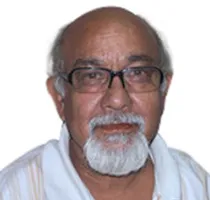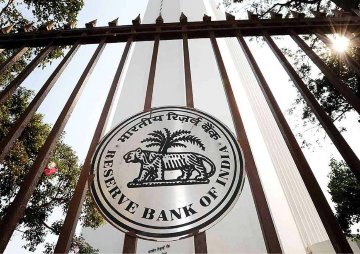
In the 2014 general elections, Hindi heartland States had wholeheartedly backed the Bharatiya Janata Party (BJP) by rewarding its prime ministerial candidate, Narendra Modi, with 190 MPs out of the total strength of 225 MPs that these 10 States elect while the opposition had only 15 MPs to its kitty.
Uttar Pradesh (UP) alone, by electing 71 BJP MPs along with two MPs of its ally Apna Dal in 2014, played a decisive role in making Narendra Modi the prime minister of the country. Will history repeat itself in the region that includes States of Bihar, Chhattisgarh, Delhi, Haryana, Himachal Pradesh, Jharkhand, Madhya Pradesh, Rajasthan, Uttarakhand and UP in 2019, is a question whose answer even seasoned pollsters are not ready to risk.
The Hindi heartland supports almost one-third of the country’s population and occupies almost a quarter of its geographical area. Hindi-cum-Urdu, though in different dialects, is the spoken language in the region.
The results of the assembly elections in the three of the 10 Hindi speaking States of Chhattisgarh, Madhya Pradesh and Rajasthan in the last quarter of 2018 raised genuine doubts over the BJP’s ability to repeat the 2014 performance.
The saffron party lost power in all the three States that it had retained for three terms in Chhattisgarh and Madhya Pradesh and Rajasthan, which it had wrested from the Congress in 2013.
On the basis of seats won, the vote shares of the BJP and the Congress in the recent assembly polls and most significantly, the swing away from the BJP from the levels of the 2013 assembly elections (7%-9%) and Lok Sabha polls (14%-17%), there is hardly any room to doubt that fall in the BJP’s tally in these three States could be steep.
In these three States, the BJP had won 62 of the total 65 seats in 2014. To reach even half way mark of this total, it would be an uphill task for the BJP.
Out of these 10 States, UP is the most important because it elects 80 MPs and is almost 35 percent of the total strength of the Hindi speaking States -- also known as the cow belt of India.
In this biggest State, there are three principal contestants in the ongoing electoral battle -- he ruling BJP-led NDA alliance, the BSP-SP-RLD alliance and the Congress. Election for all the 80 seats is spread in seven phases with the last going for voting on 19 May. The contest here is wide open as all parties and their respective leaders are sparing no efforts to woo the electorate.
In the 2014 Lok Sabha elections, besides the 71 seats of the BJP, its ally had won two seats with the rest of seven seats divided between the SP (Samajwadi Party) and the Congress in the ratio of 5 to 2. The BSP (Bahujan Samaj Party) had failed to win a single seat last time.
The outcome of the ongoing electoral contest is very crucial for all the players. While it is important for the BJP to return to power at the Centre, and the UP figuratively speaking can make or mar the prospects, it is equally significant for the three-party alliances to remain politically relevant in the future.
In no small measure, the electoral performance is important for the Congress as it is trying its best to recapture some of its political territory lost over the years to its rivals.
Notwithstanding the tall claims of the ruling party leadership of repeating its historic performance of 2014, when the Modi magic had worked wonders, the contest between the SP-BSP-RLD alliance and the BJP, with the Congress snatching away a big chunk of its upper caste voters, appears to be very close. Ground reports from the first and second phase of polling are indicating tough battles for the BJP candidates.
In Bihar, the BJP had won 22 seats in 2014 out of the total 40 seats. Its ally -- the Lok Janshakti Party and the Rashtriya Lok Samata Party -- had won nine seats amongst them. In 2019, the BJP has entered the electoral fray with its back towards the wall, as it had to concede five seats to its ally JD (U) that had contested alone in 2014. Starting with a minus of five seats, it seems almost impossible for the BJP to win even large chunk of the 17 seats it is fighting. While the NDA is hoping to enjoy the advantage of Modi’s popularity, double anti-incumbency, that of the State as well as that of the Centre, is a potent hurdle in the way. It is facing a tough challenge from the RJD-led alliance that has the arithmetic of castes in its favour.
In Jharkhand, the BJP had won 12 out of the total 14 seats in 2014, but now that the index of opposition unity is very high in the wake of the coming together of the Congress and the Jharkhand Mukti Morcha (JMM), it is literally impossible for the ruling party to win the same number of seats.
In short, the Hindi heartland had catapulted the BJP to power and made Modi the Prime Minister last time. But this time, the same region may prove to be a big disappointment for the BJP, making the task of retaining power elusive.
The views expressed above belong to the author(s). ORF research and analyses now available on Telegram! Click here to access our curated content — blogs, longforms and interviews.




 PREV
PREV


